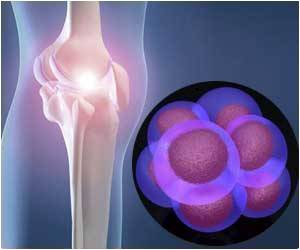Researchers at Department of Energy's Oak Ridge National Laboratory are developing a powerful instrument for physicians to use in treating patients with Parkinson's syndrome.
Researchers at Department of Energy's Oak Ridge National Laboratory are developing a powerful instrument for physicians to use in treating patients with Parkinson's syndrome, brain tumours and other diseases by miniaturizing a device that monitors the delivery of healthy cells.
Boyd Evans III of the lab's Measurement Science and Systems Engineering Division said that while cell replacement therapies can be effective, the challenge is to deliver a sufficient quantity of healthy cells."Regardless of the source of cells and the location of delivery, there is a great need to improve cell viability after the cells are transplanted. The vast majority of transplanted cells do not survive more than 24 hours regardless of their source," Evans said.
Studies have shown that merely implanting more cells does not necessarily increase the number that survive and differentiate into dopamine-producing, or viable, cells in Parkinson's models. The key is being able to deliver precise quantities of healthy cells to a targeted location.
This requires the ability to determine if the cells are viable upon delivery and the ability to make meaningful measurements. ORNL's proprietary instrumented cell delivery catheter allows physicians to do just that.
"Our approach consists of monitoring cells that are implanted using a catheter equipped with a fiber optic probe to perform fluorescence-based cytometric measurements on cells as they exit the port at the catheter tip," Evans said.
These measurements confirm that the cell is alive and provide indications of the cell's health.
Advertisement
According to Evans, results from several studies underscore the value of delivering a highly controlled amount of tissue into the host brain, and understanding cell viability at the delivery point is critical for meaningful comparison of experimental results.
Advertisement
Source-ANI
LIN










